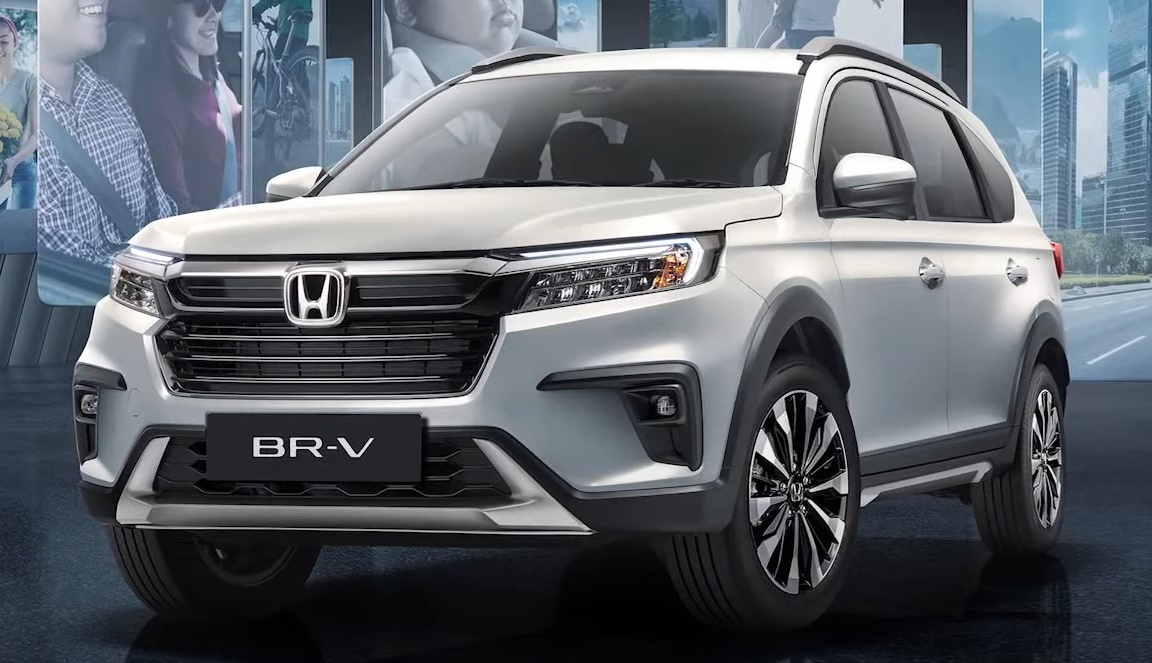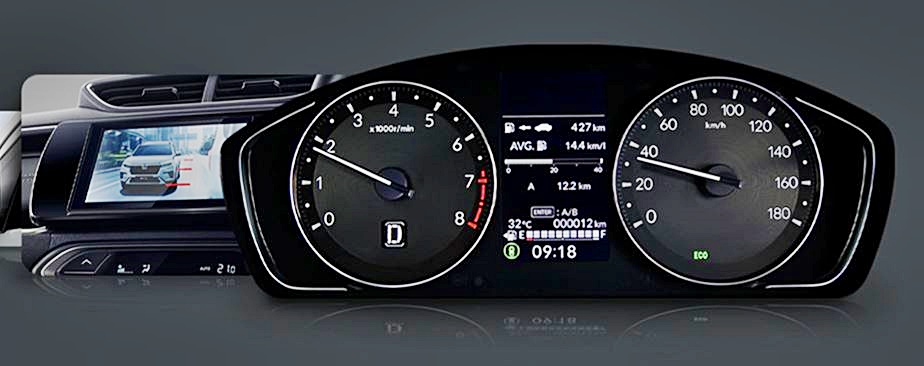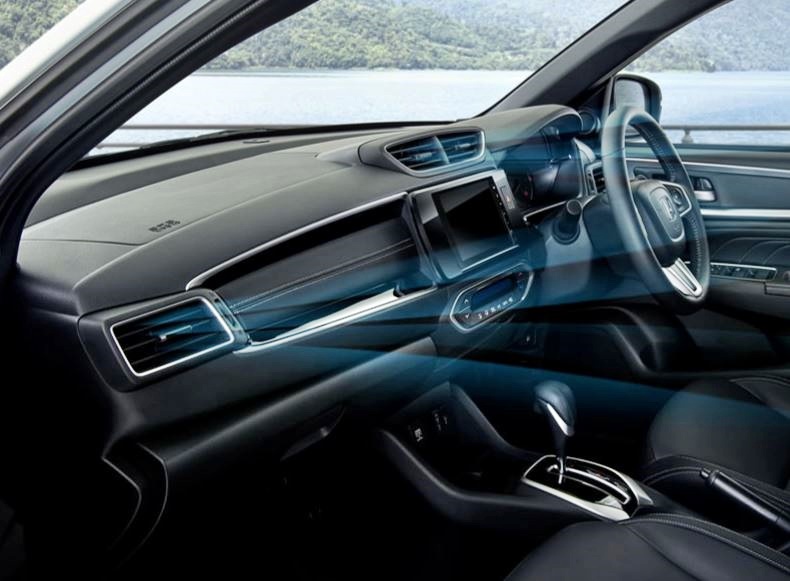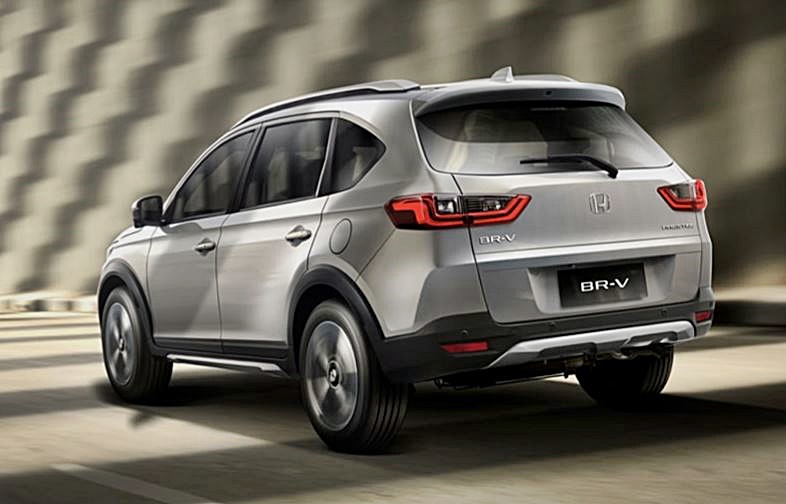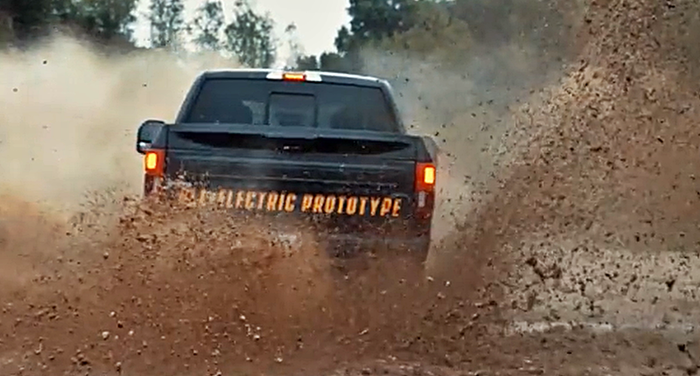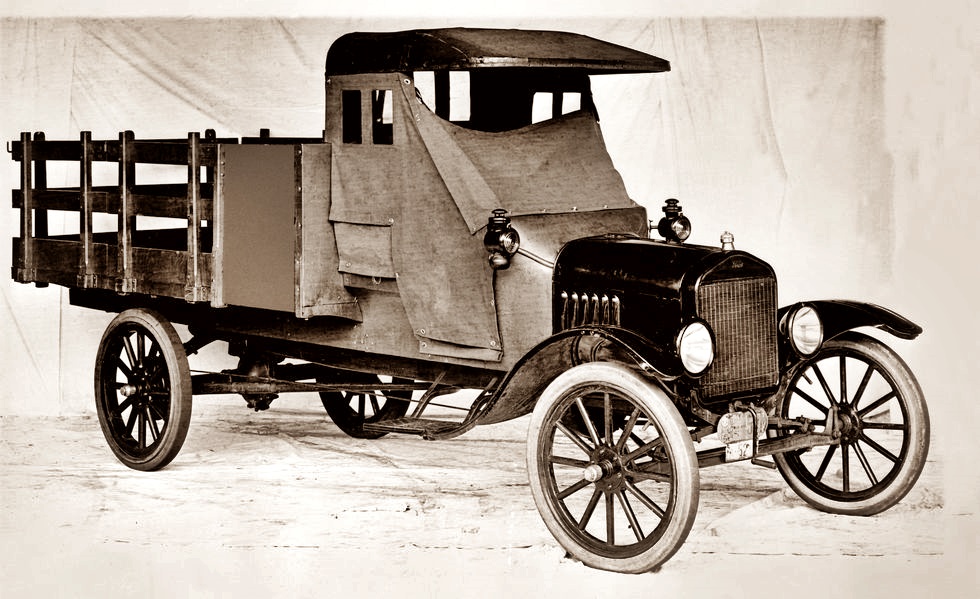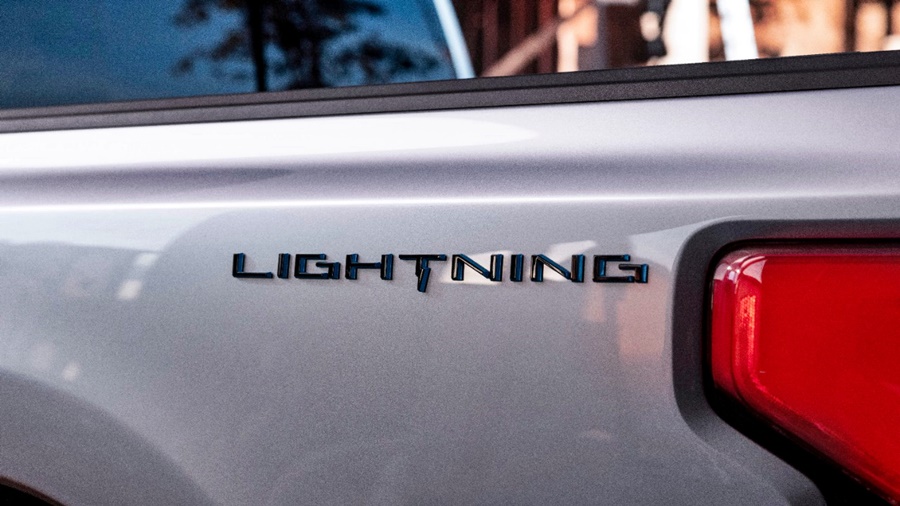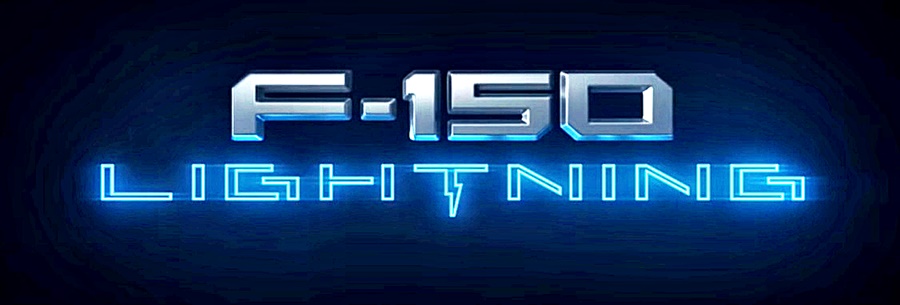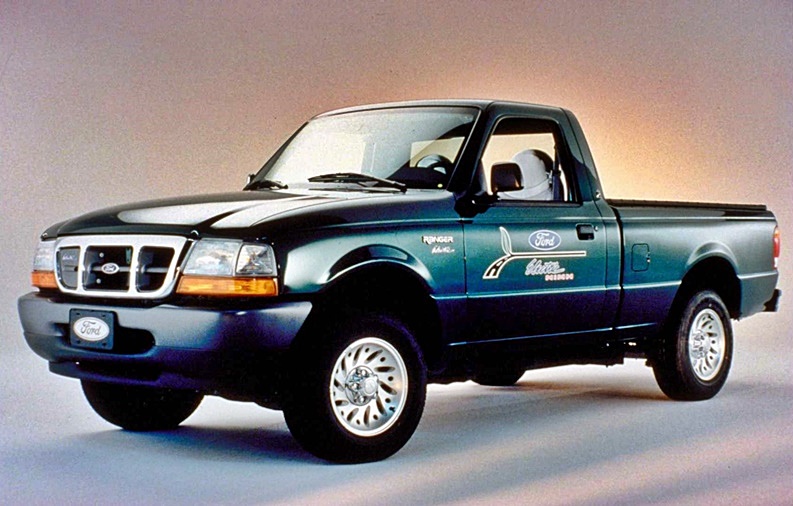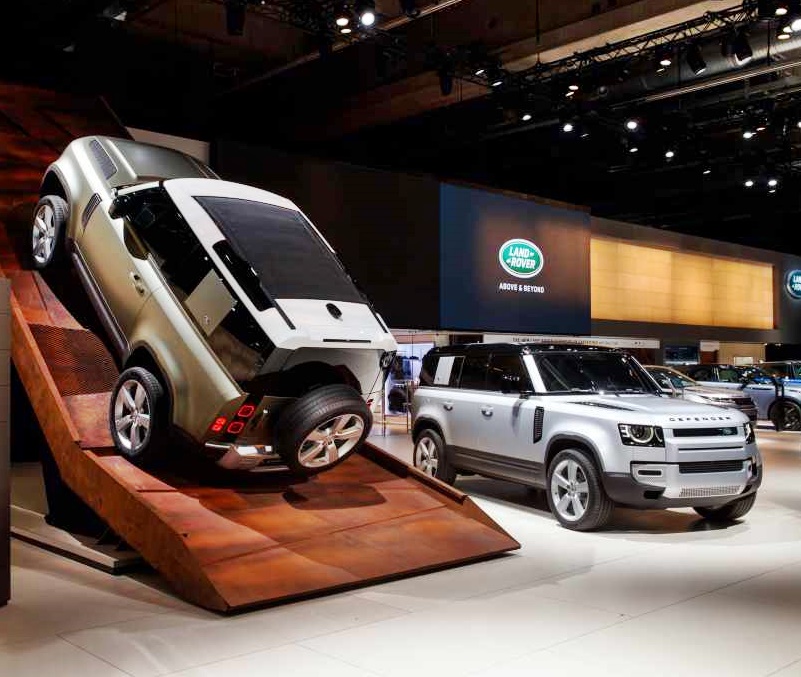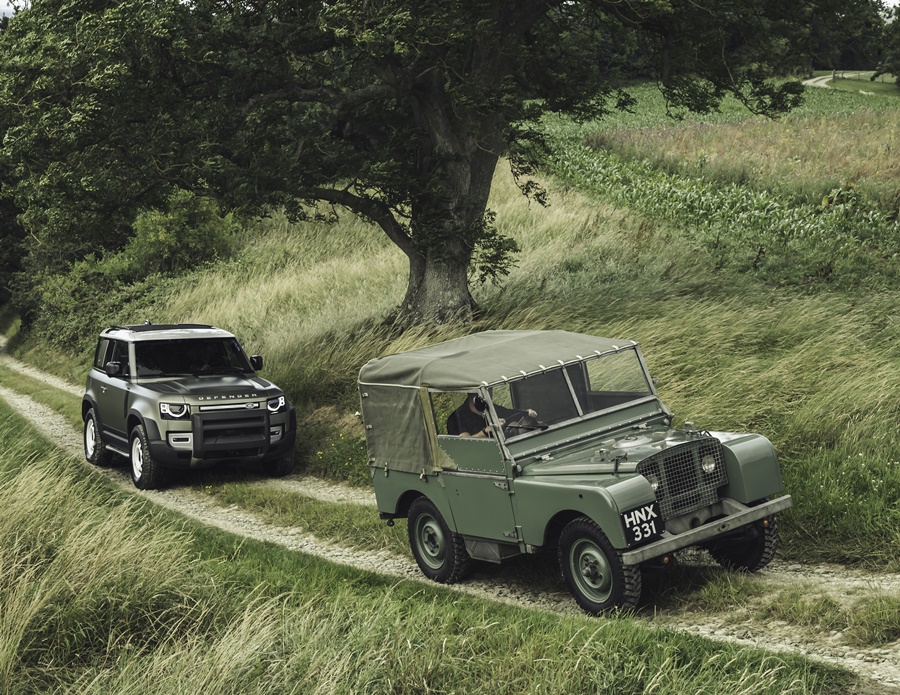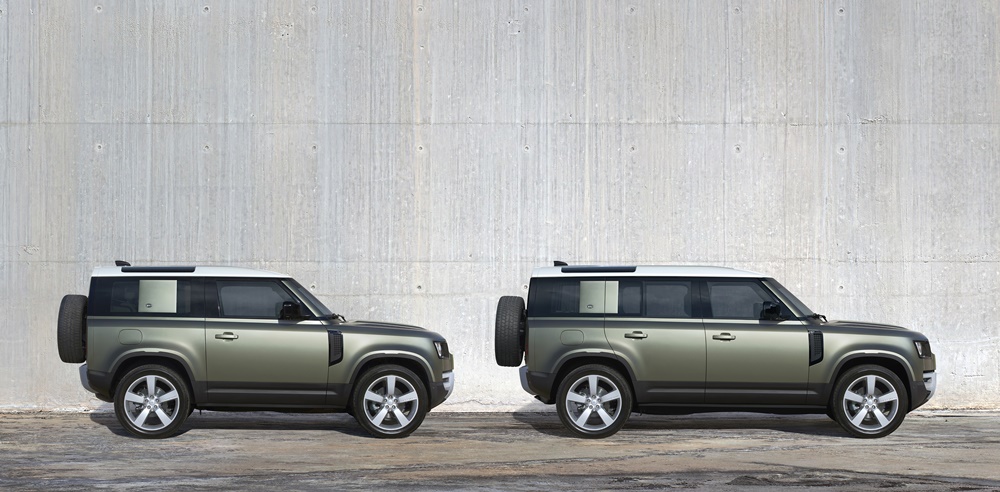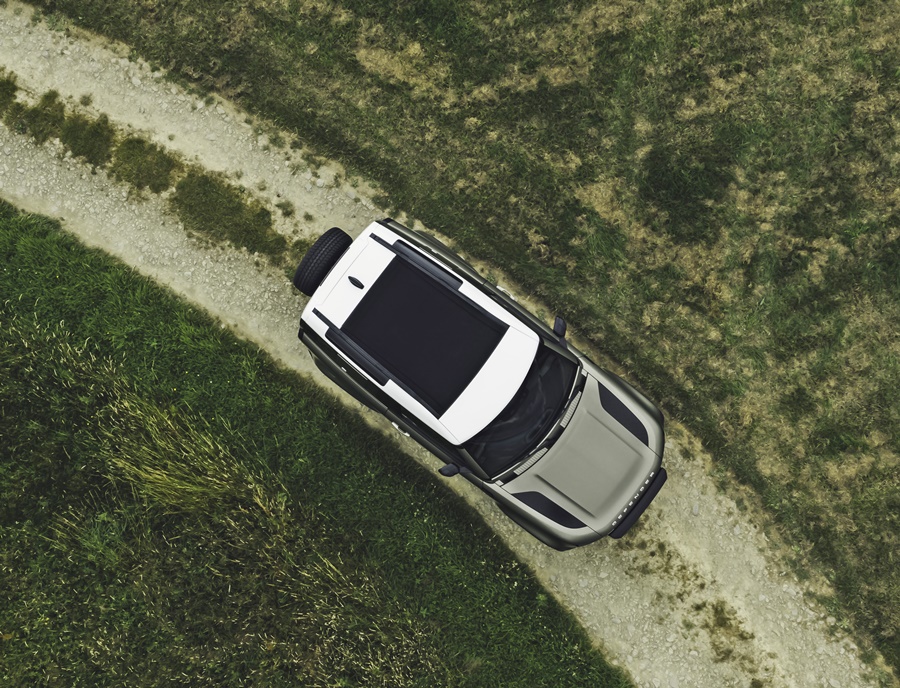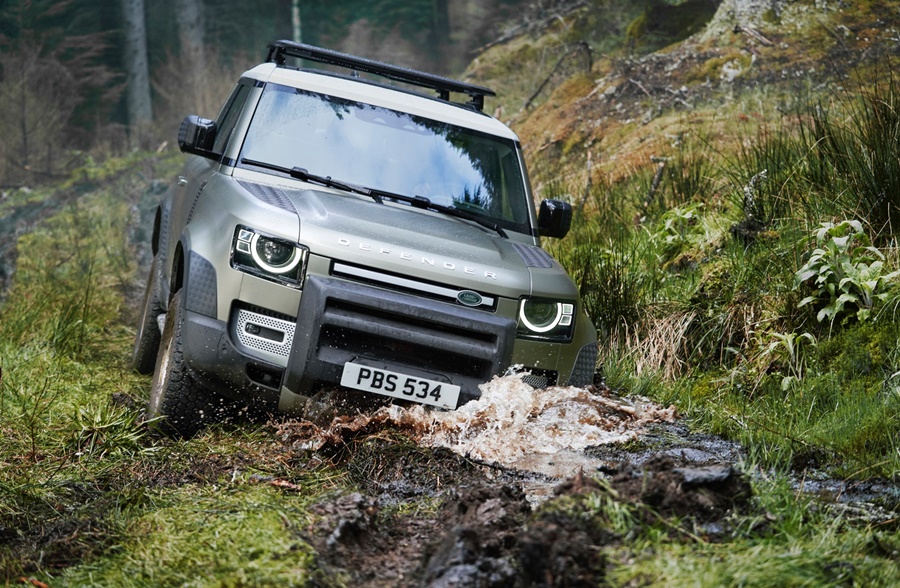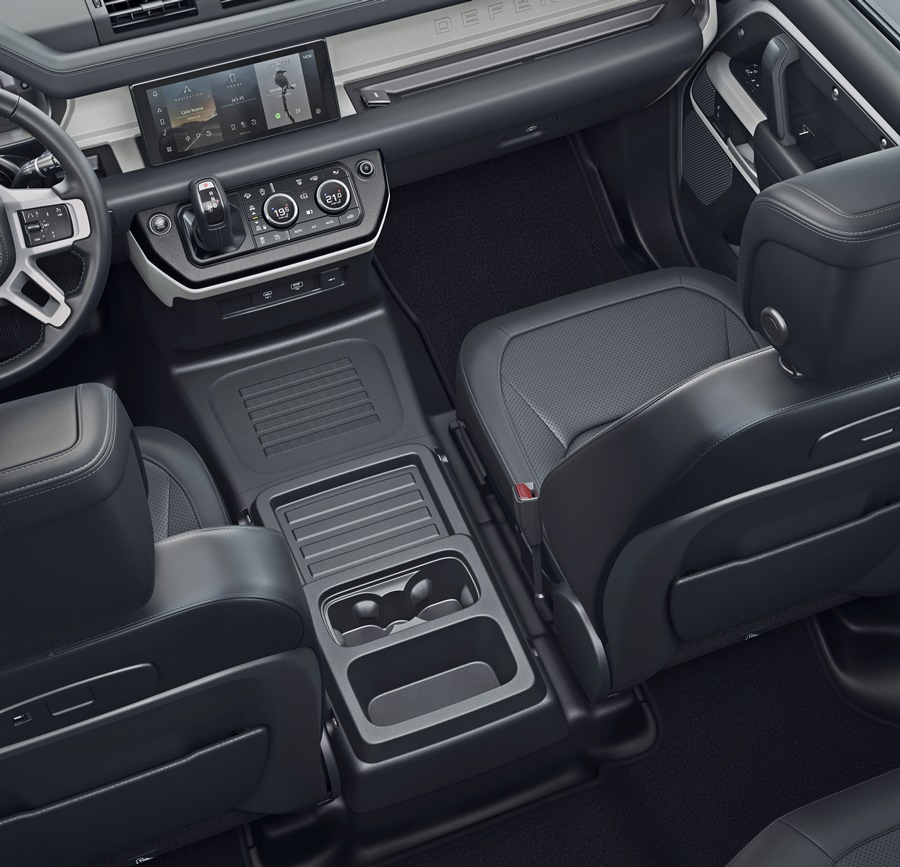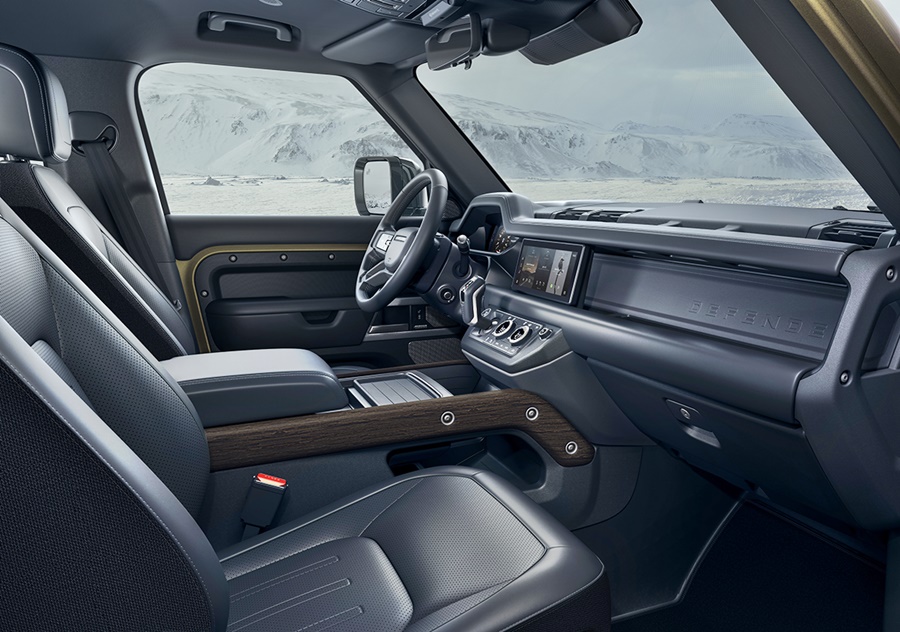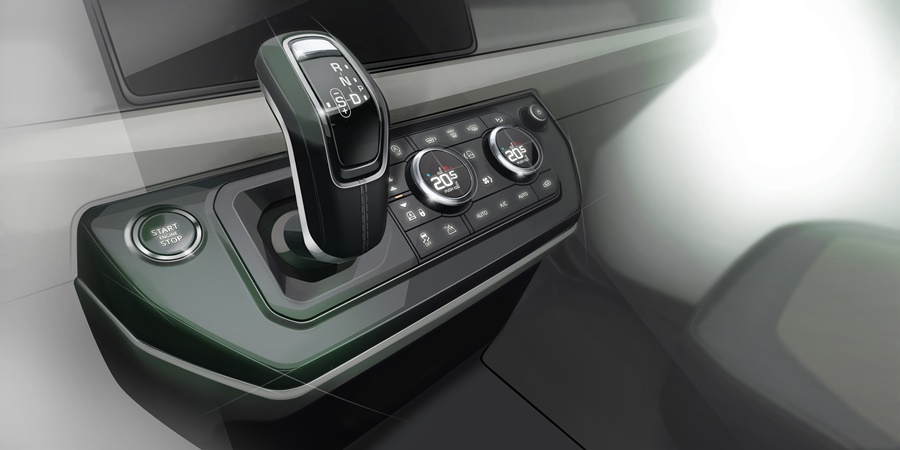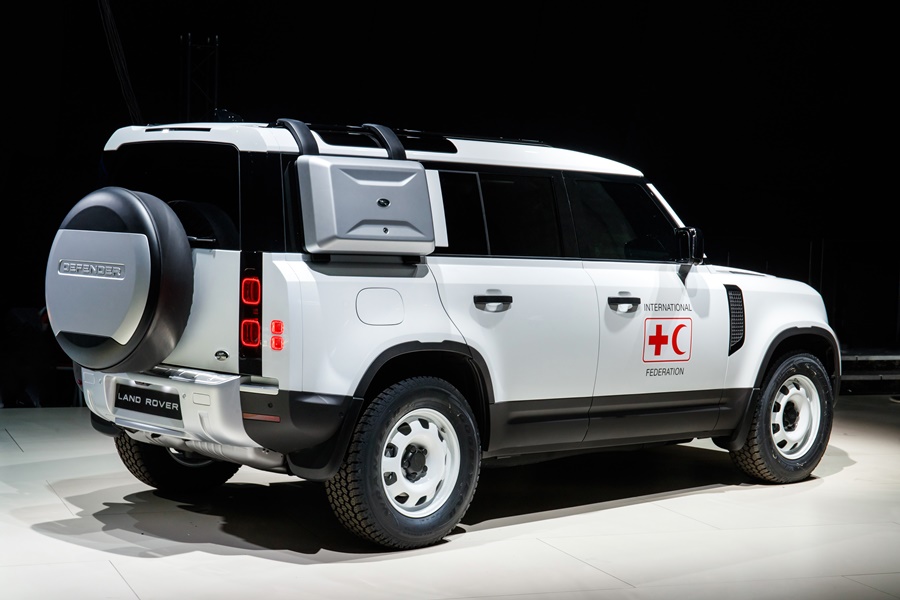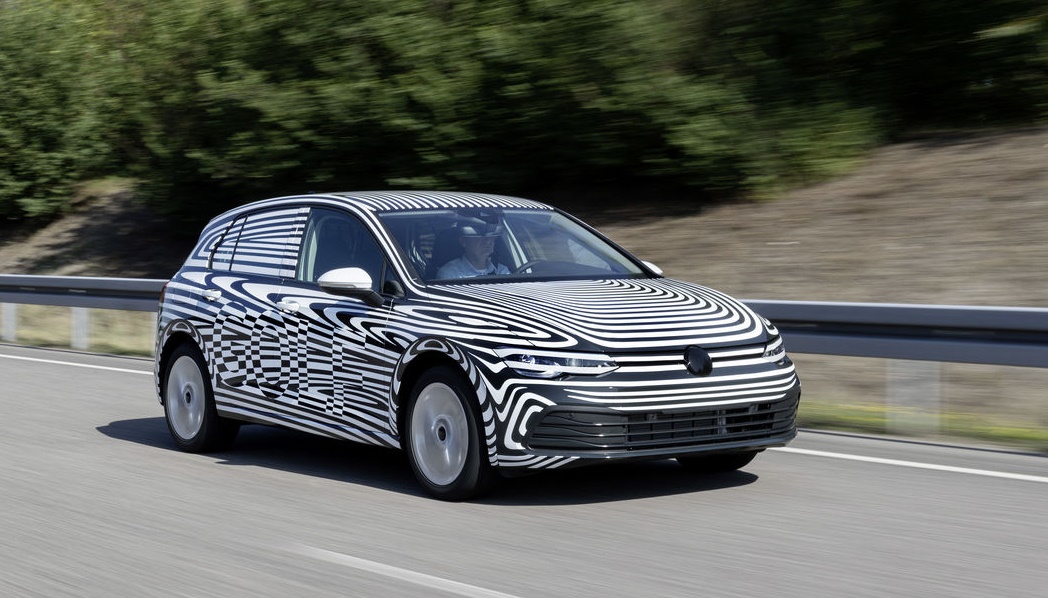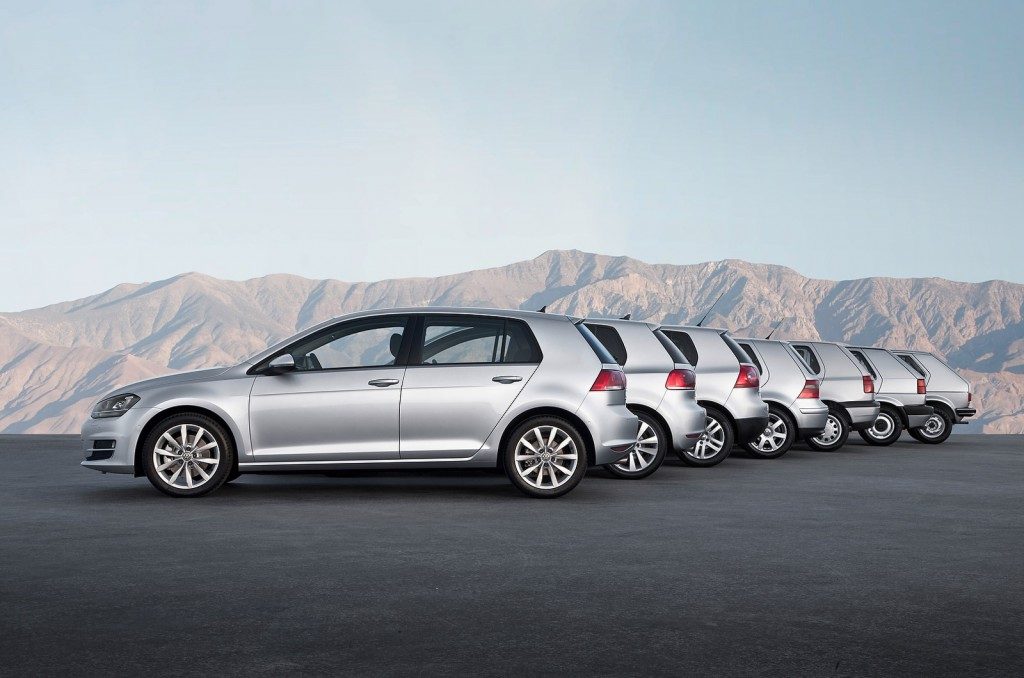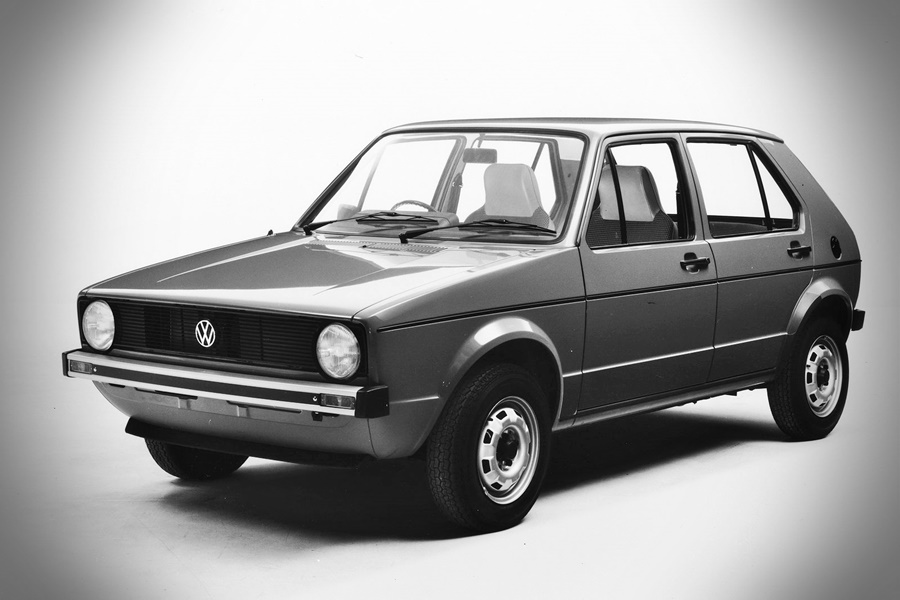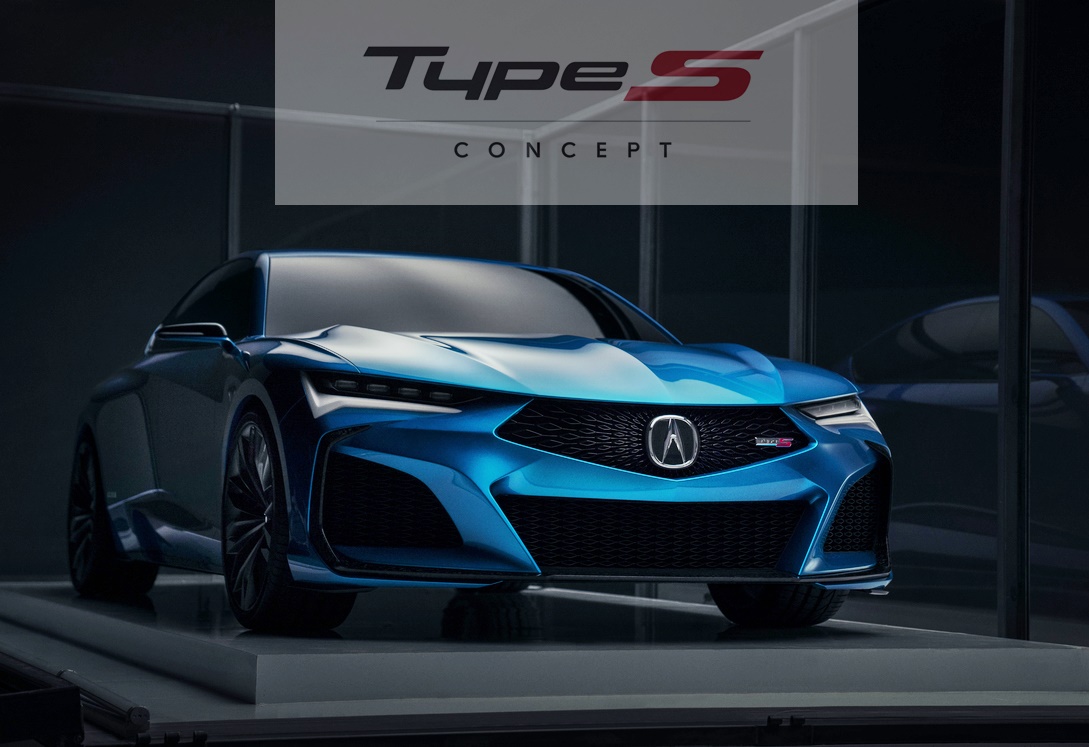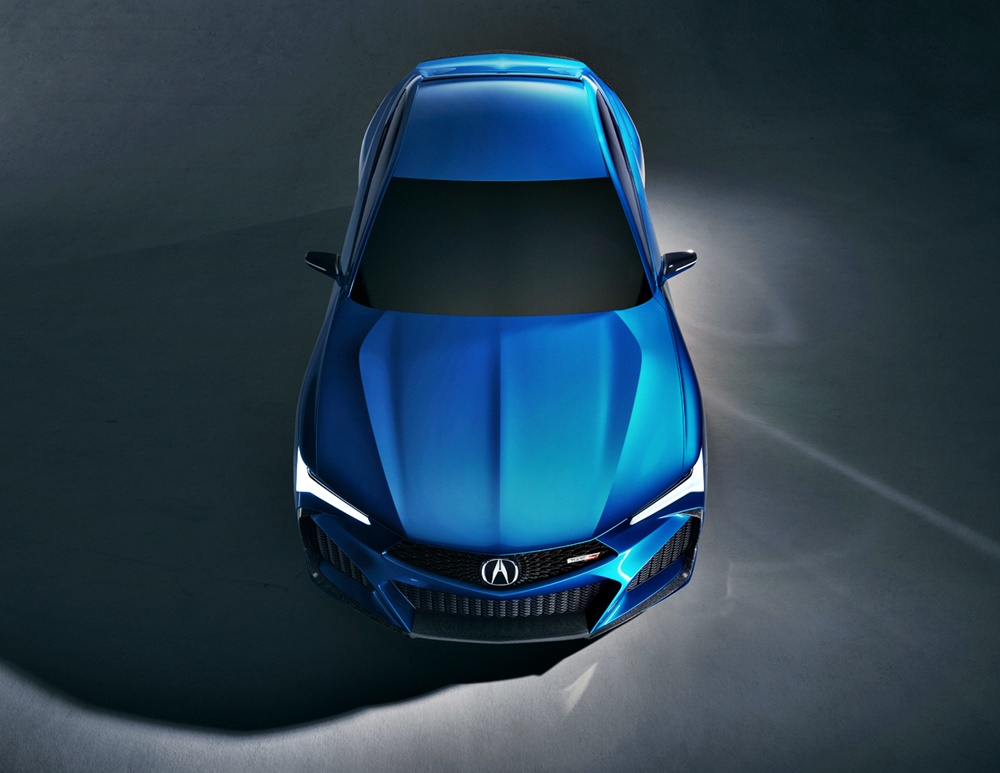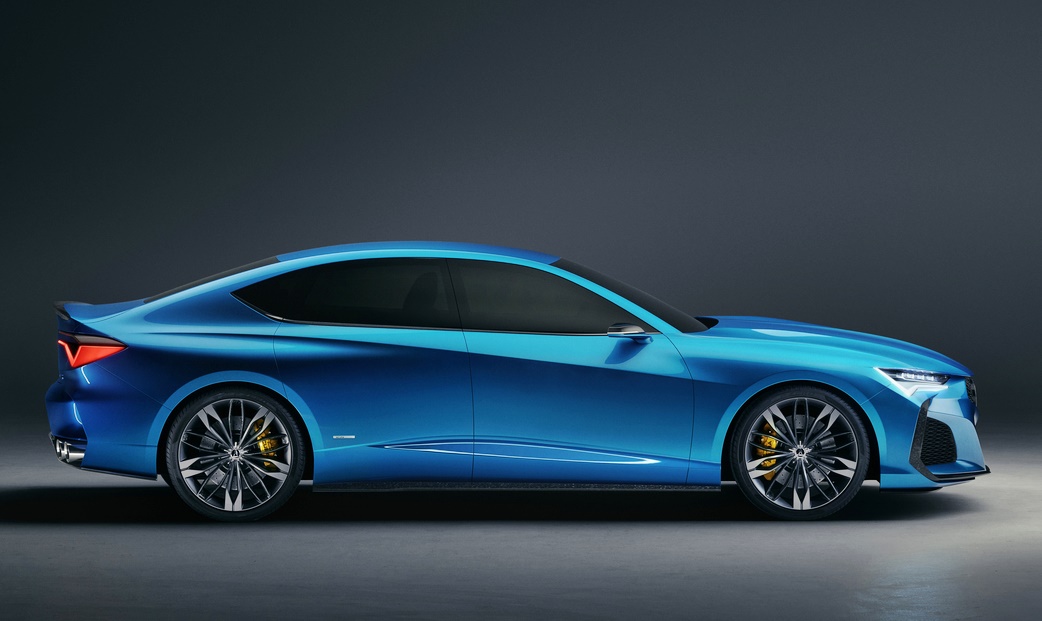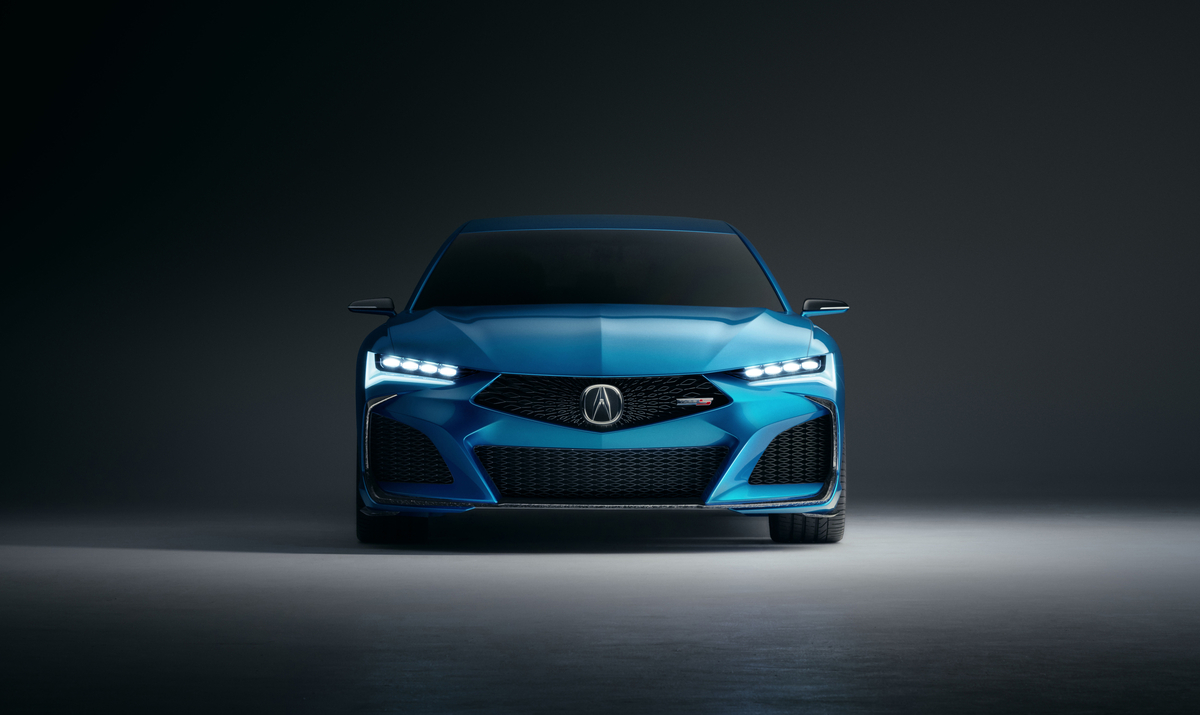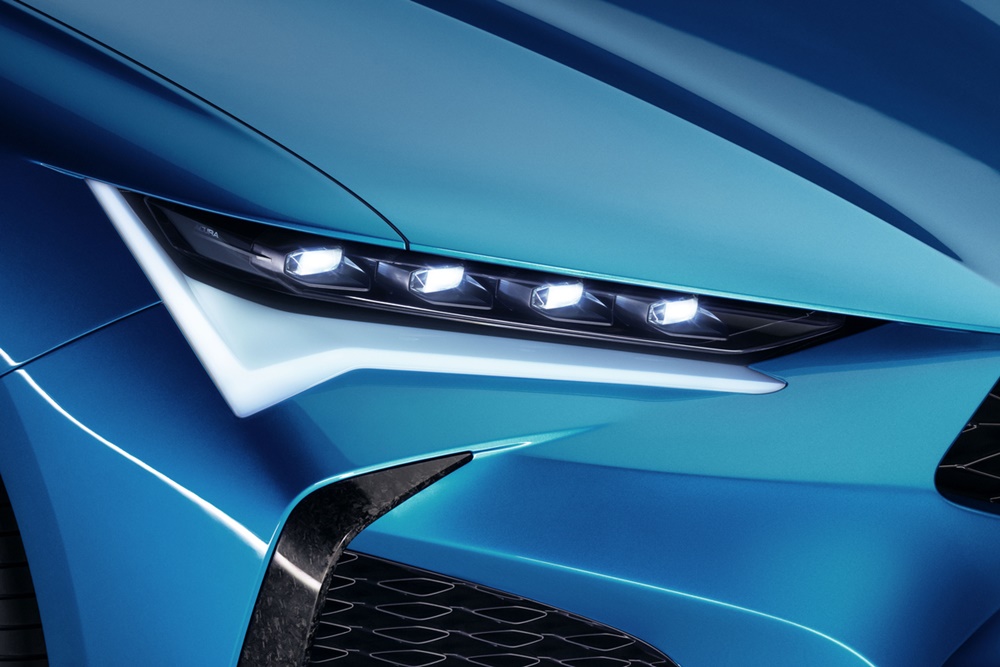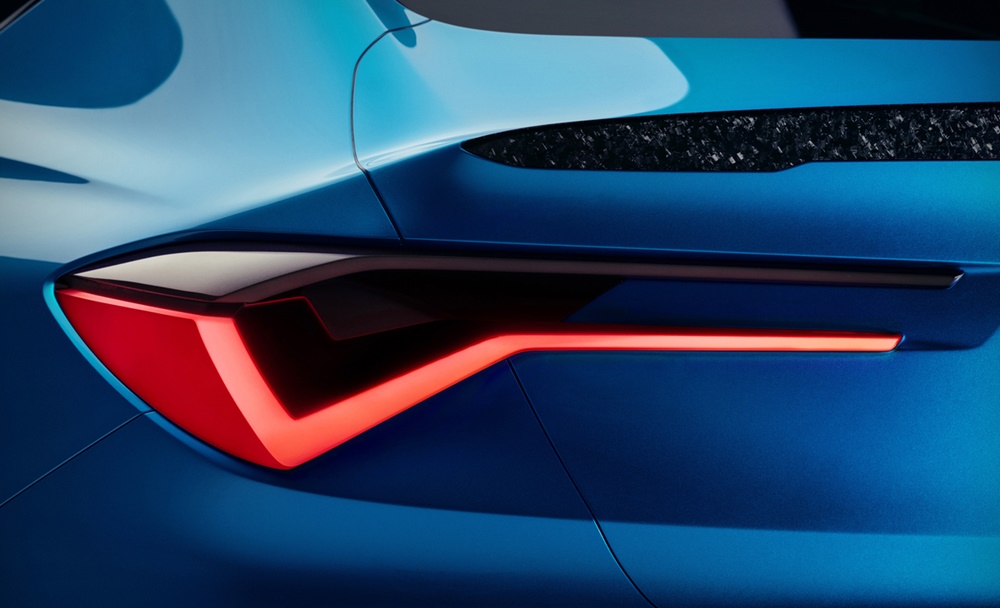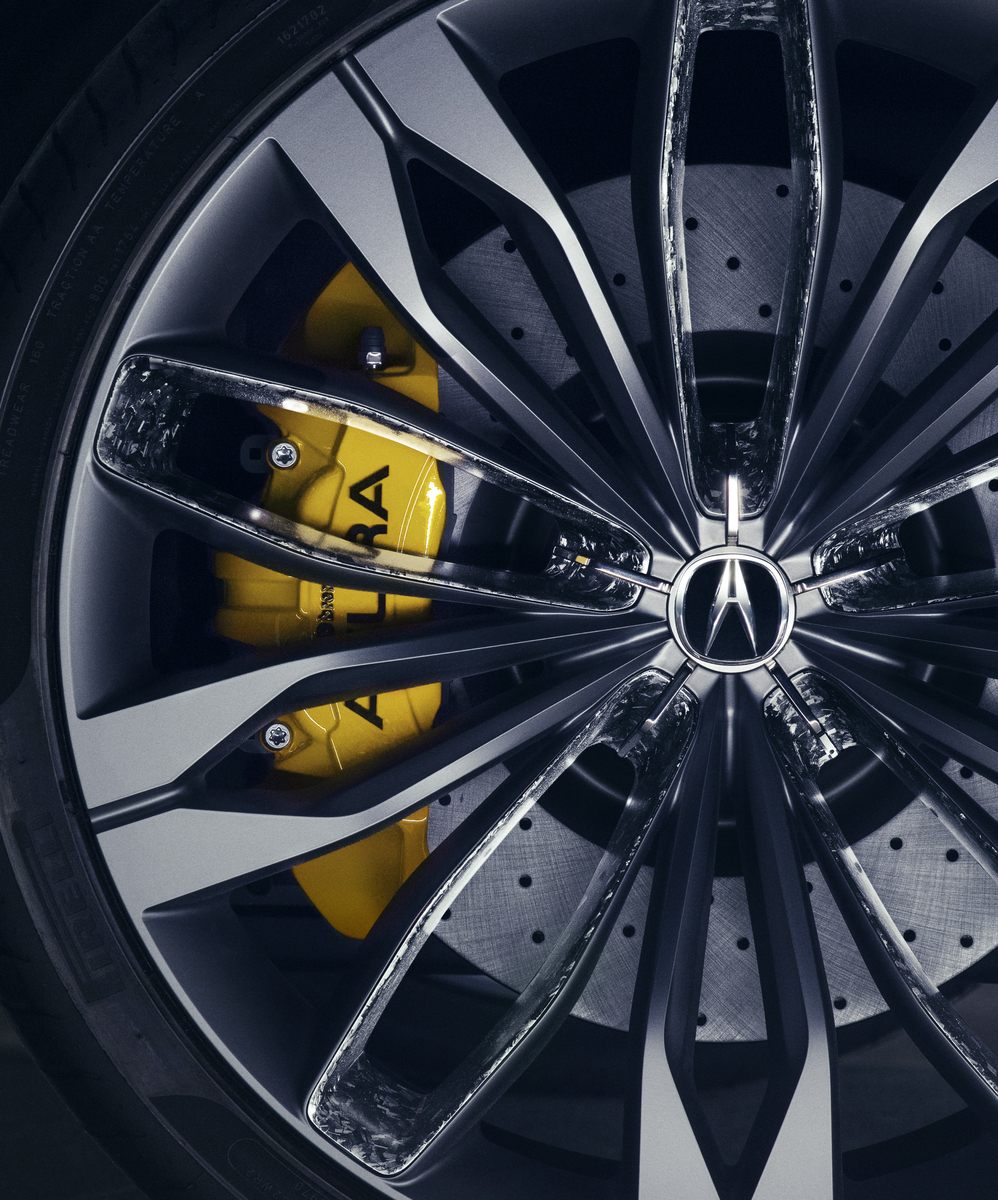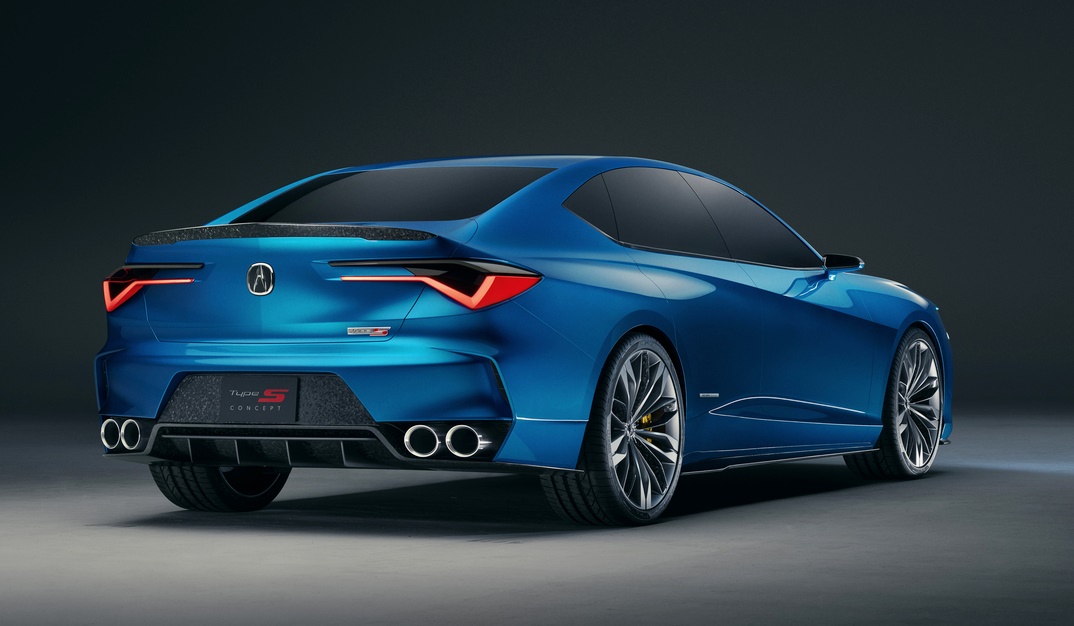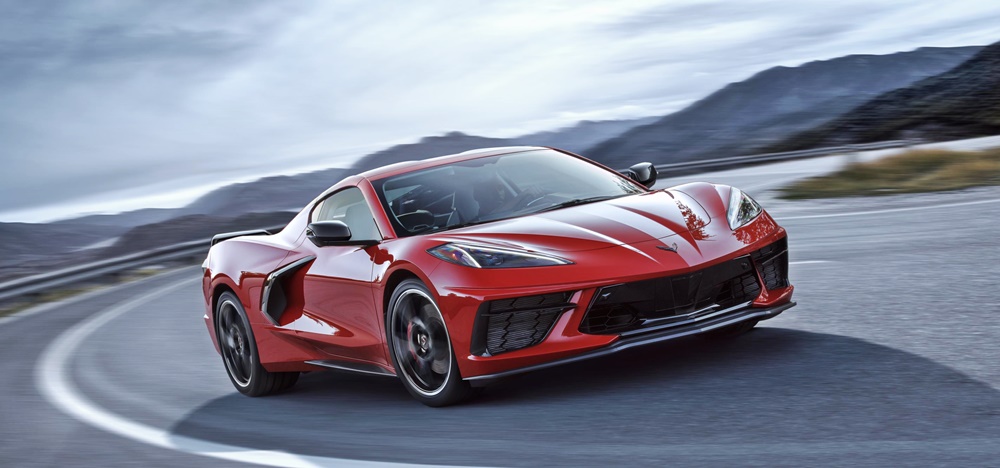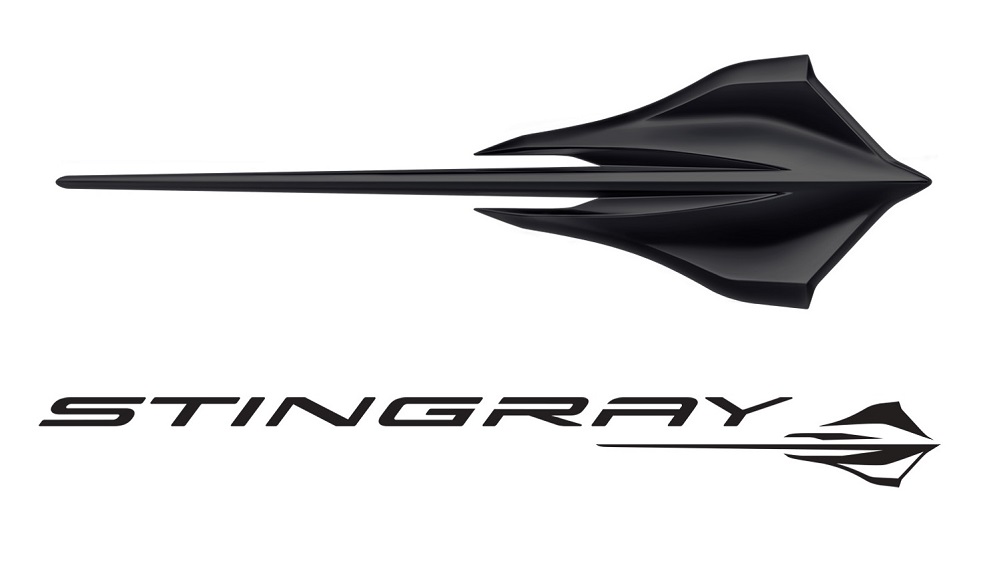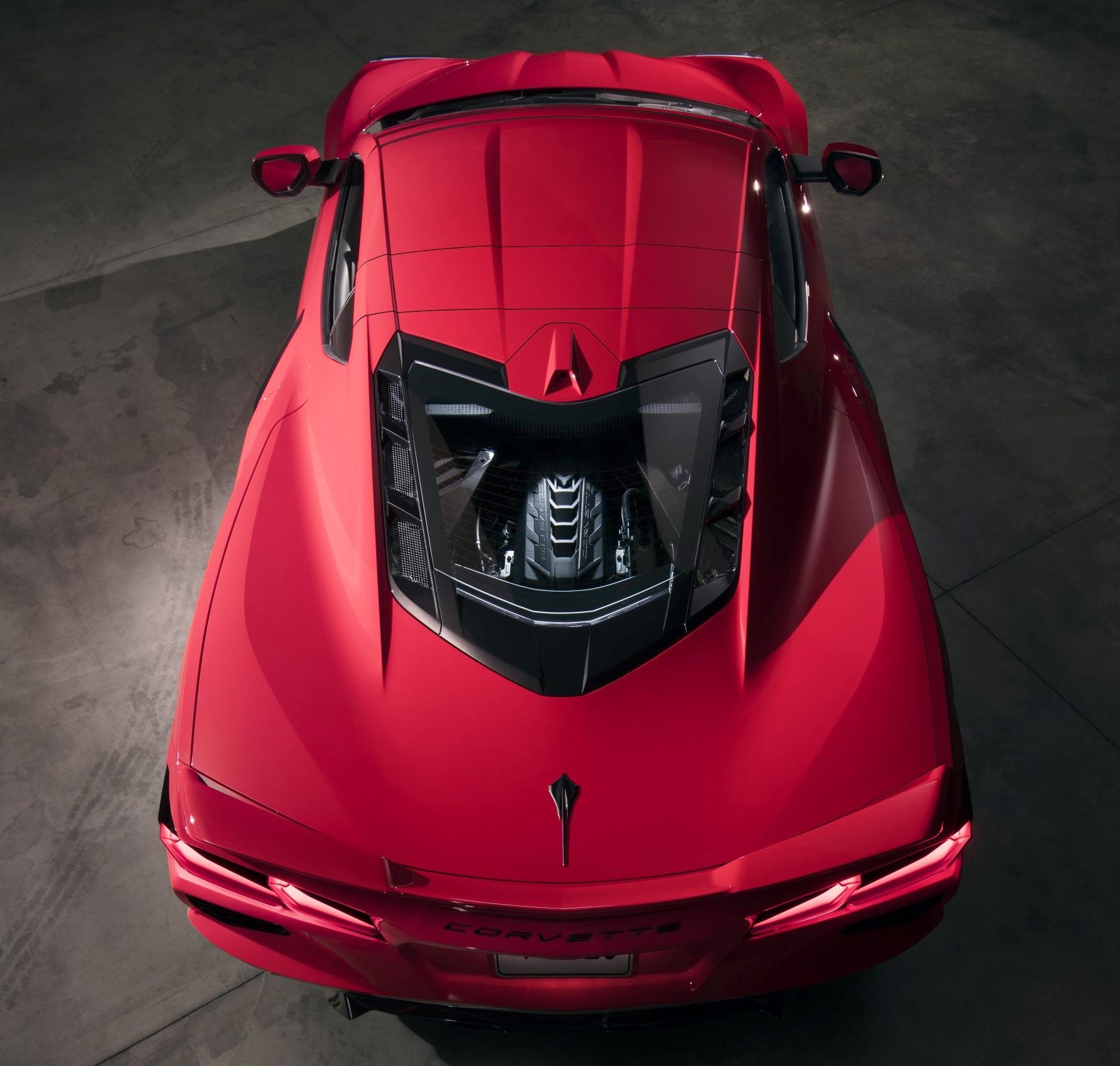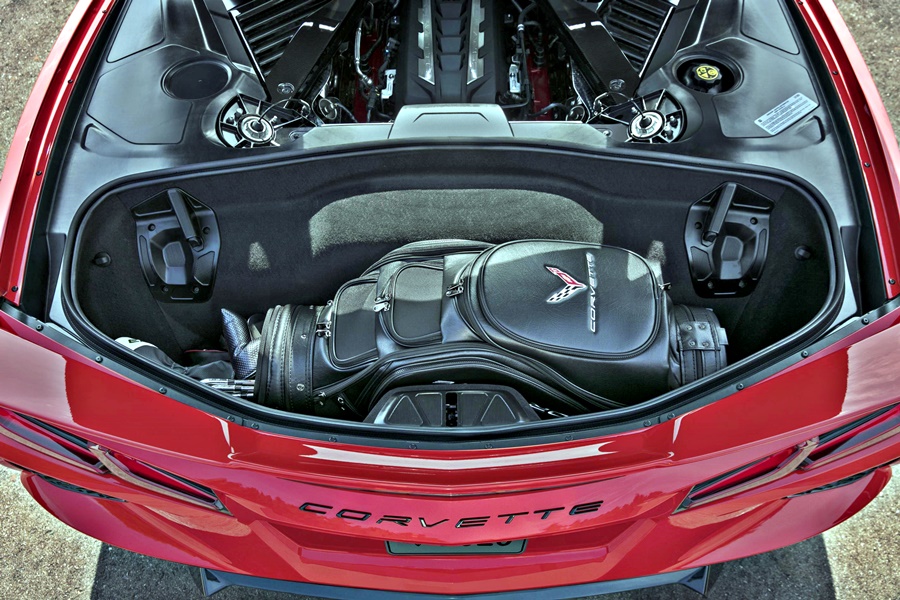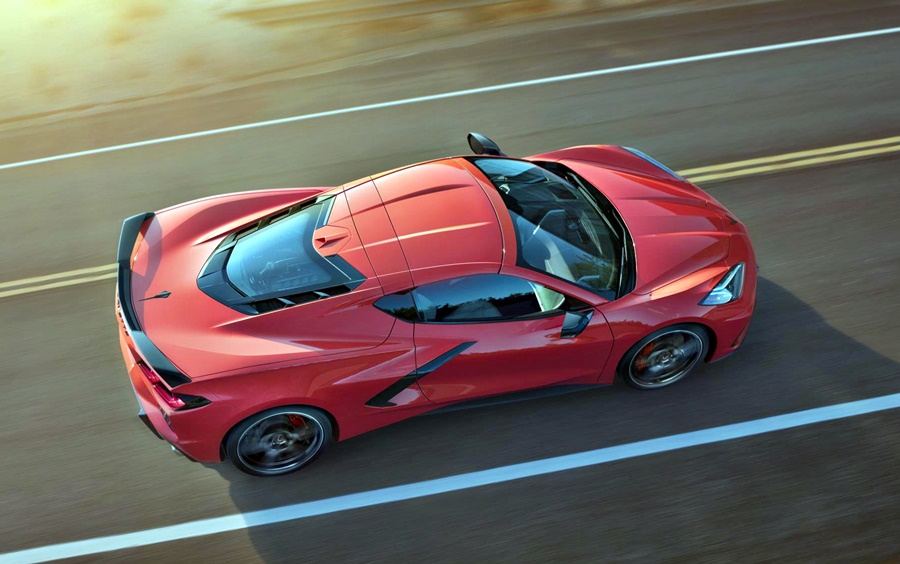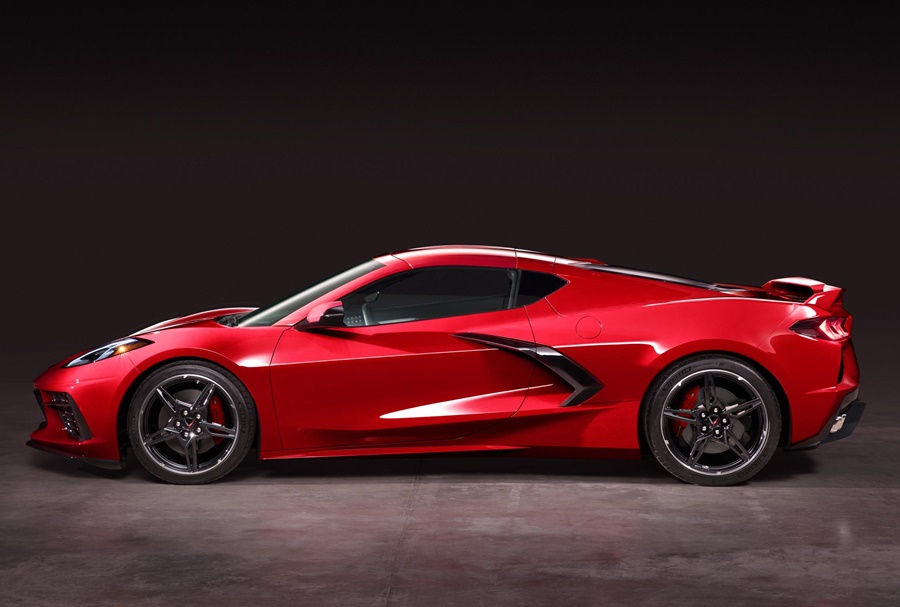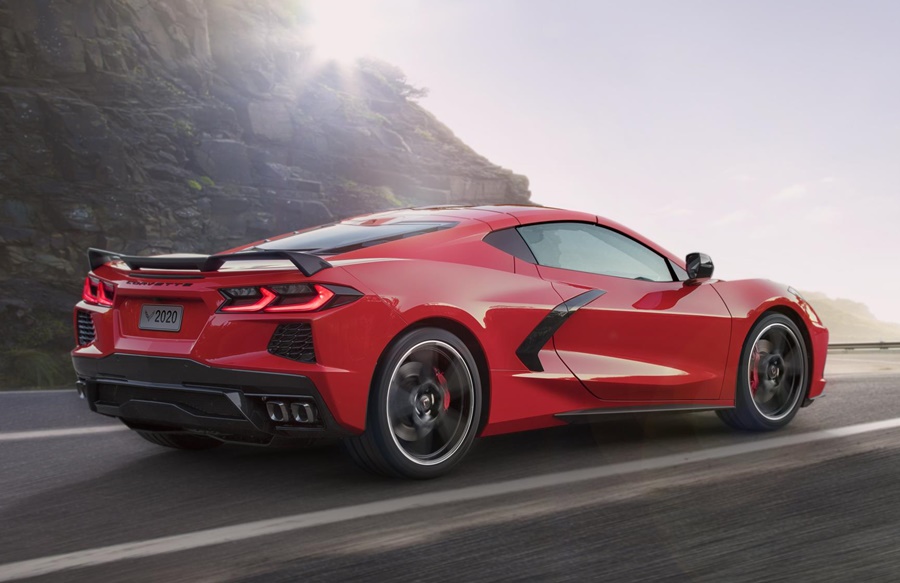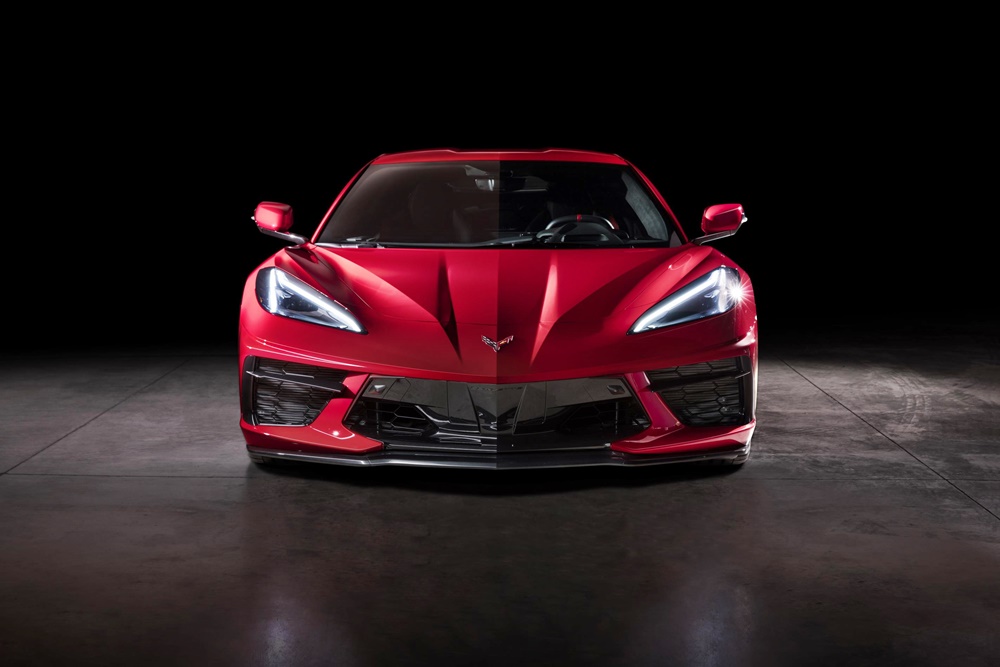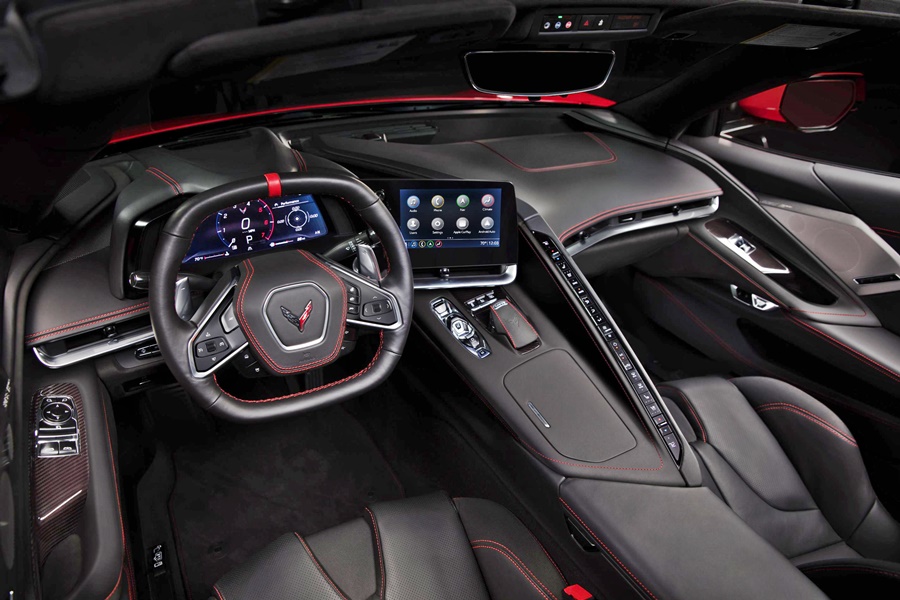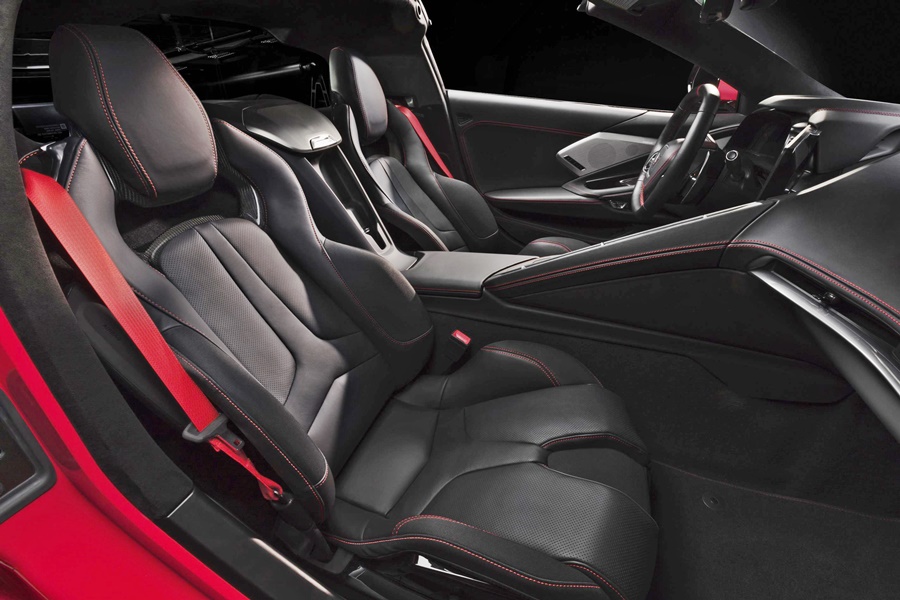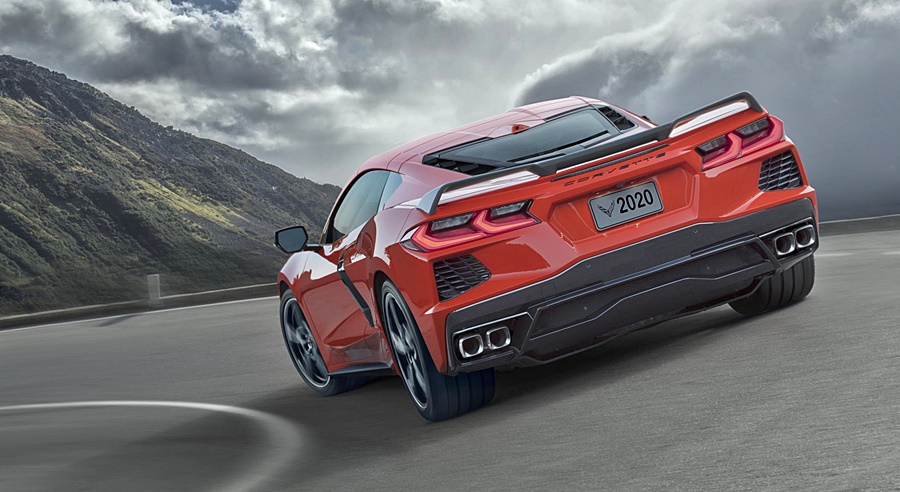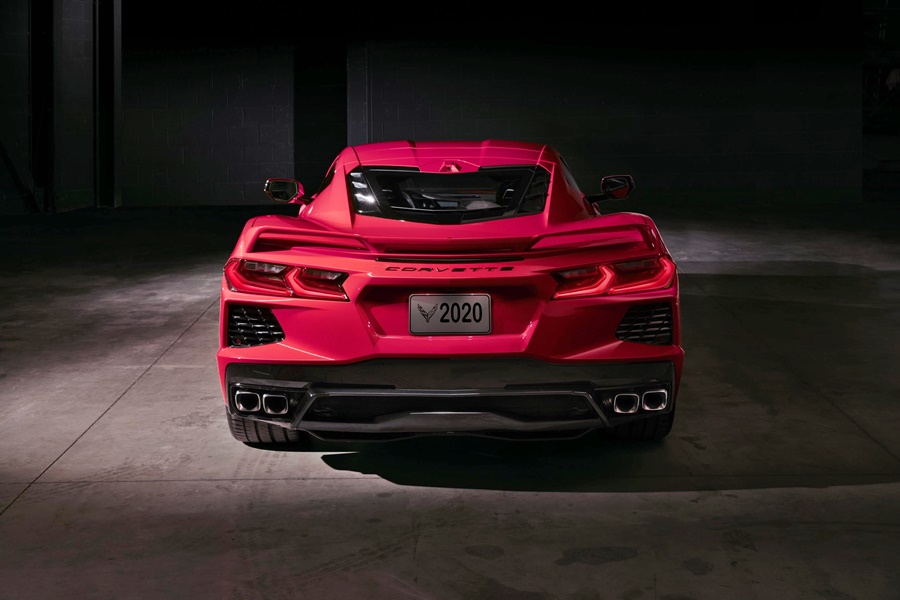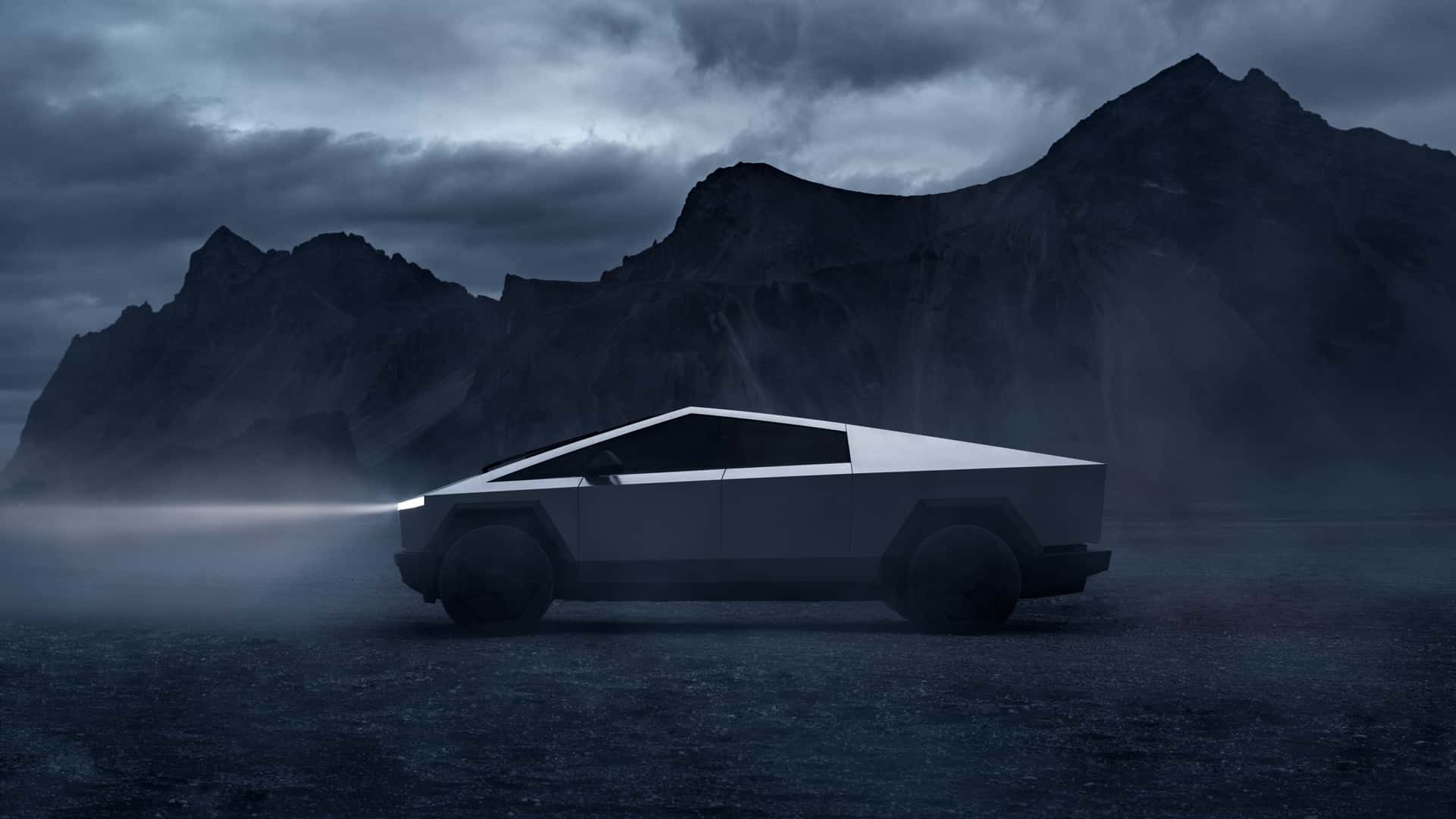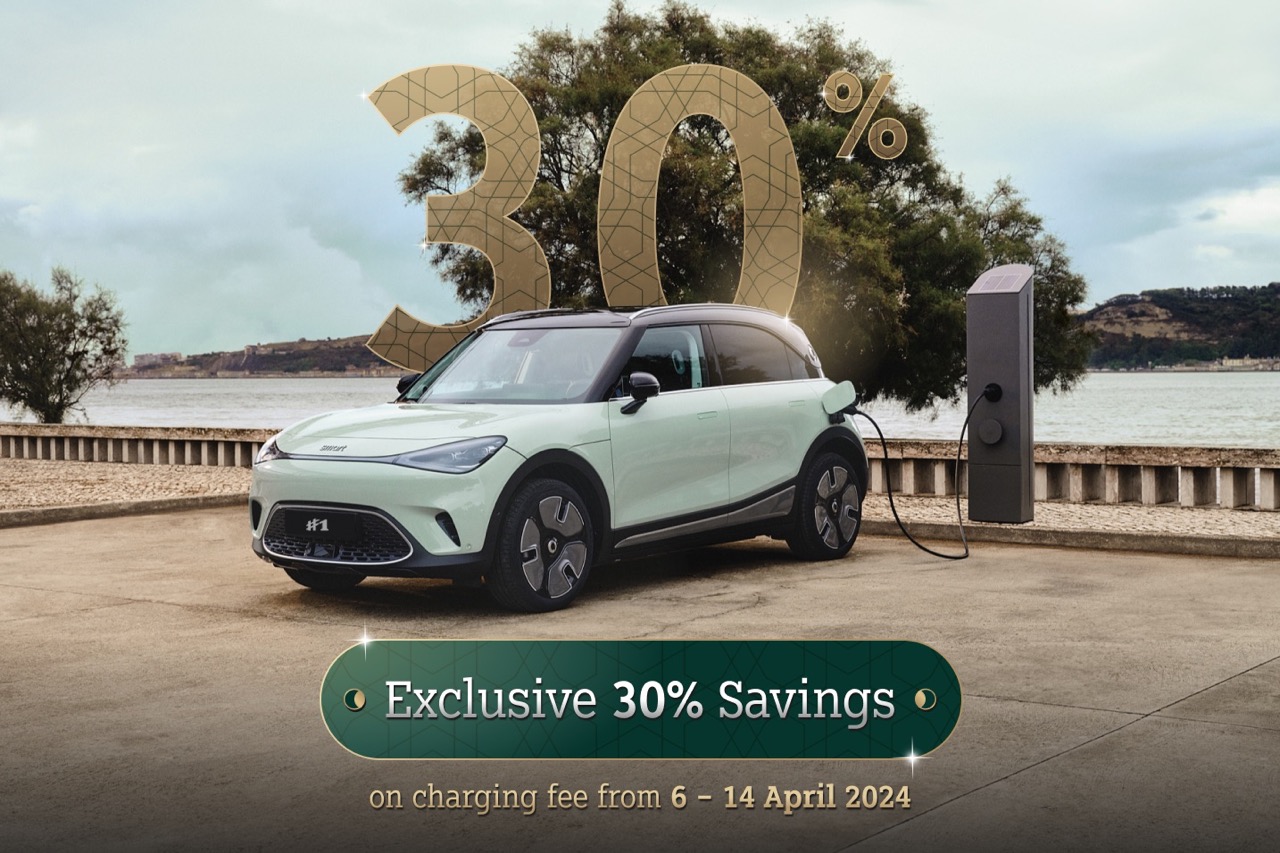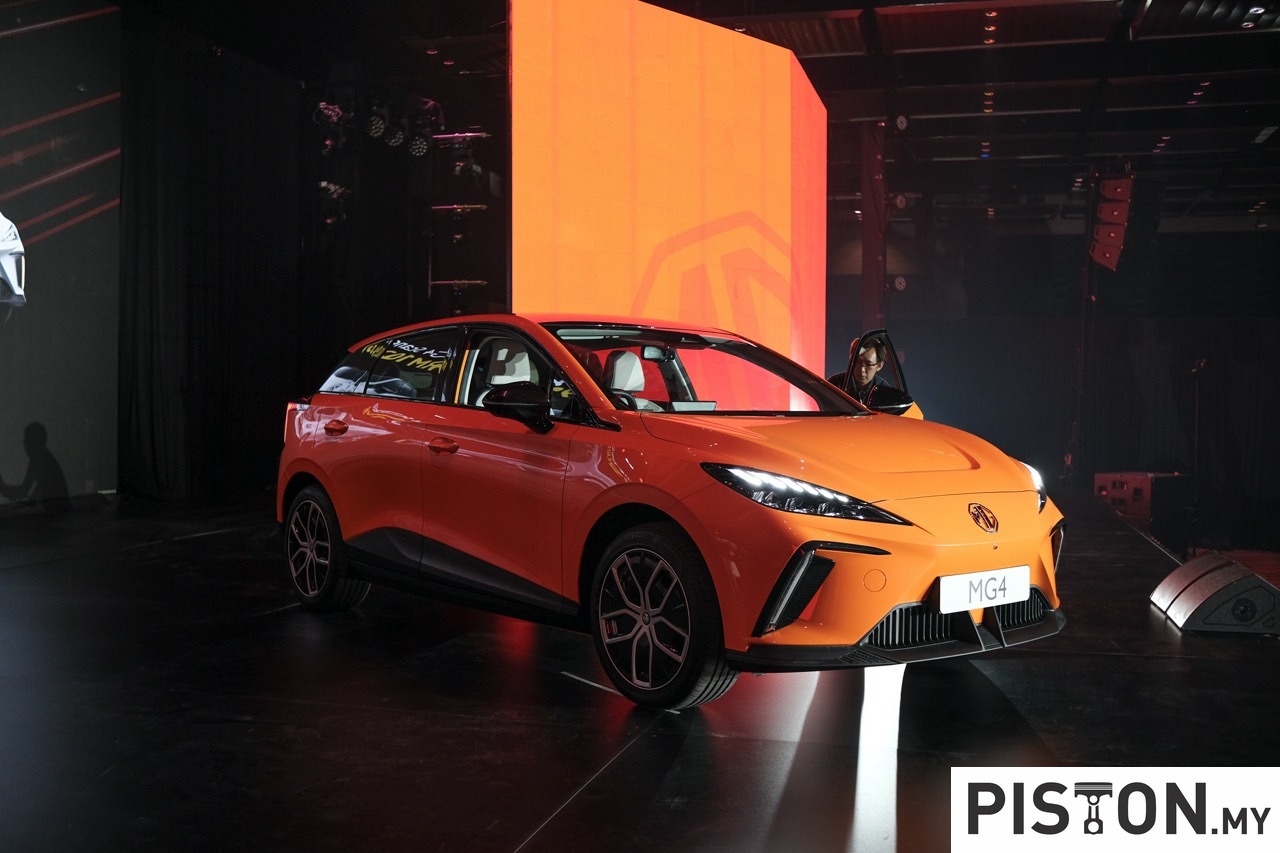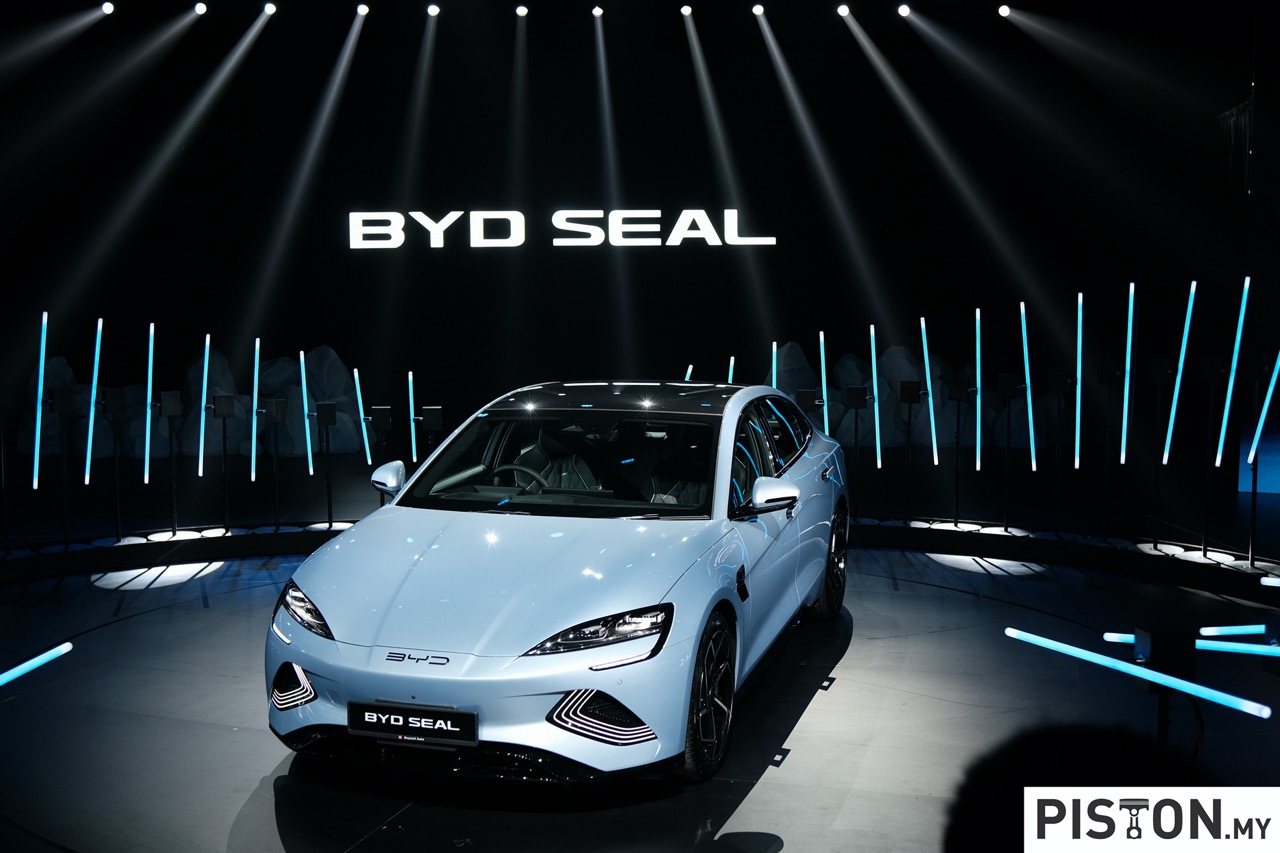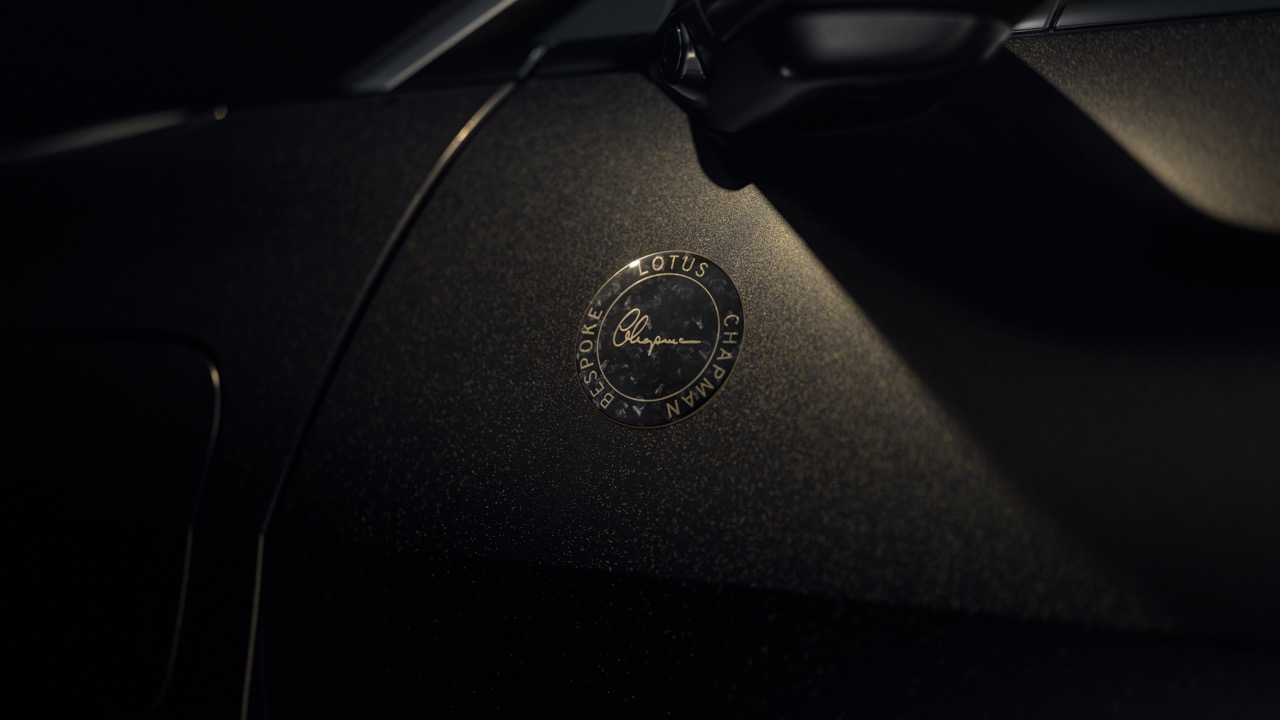It was no secret that the N7X Concept shown earlier in the year was a sneak preview of the new Honda BR-V (although the carmaker didn’t say so). Now Honda has finally unveiled the production model online from Indonesia where its global production hub is located. This is the second time that Indonesia is the location for the global debut of the model which was launched in August 2015. However, it was only in May 2017 that it was finally launched in Malaysia.
The second generation of the crossover SUV not only has fresh new looks but, just like the first City and the second one, it appears that Honda took in a lot of feedback from owners to make improvements to the model. Features which may have taken another generation before being available in the BR-V are included as well as the Honda SENSING driver assistance system.
Honda has not provided dimensions but from the pictures, it seems the new BR-V has grown very slightly, or it could be just the body lines giving that impression. The frontal appearance has gained a bolder look with a distinctive grille flanked by LED headlamps with LEF day running lights. The rear end has new combination lights with LED Light Bars designed to blend in with the body line.
Like the first generation, the second generation of the BR-V also has generous ground clearance. This is something which carmakers who understand the Indonesian market know is an important point. Besides rough roads in the rural areas, there are also floods and being able to cross deep water is appreciated.
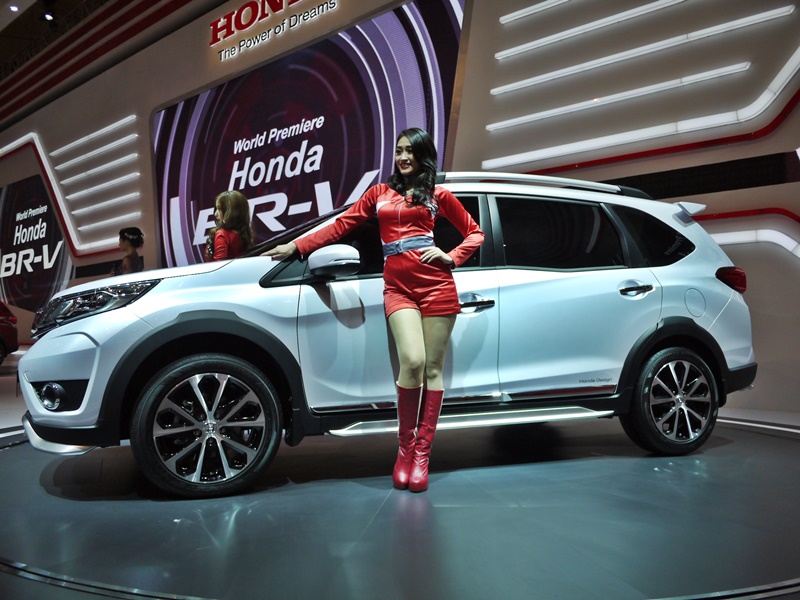
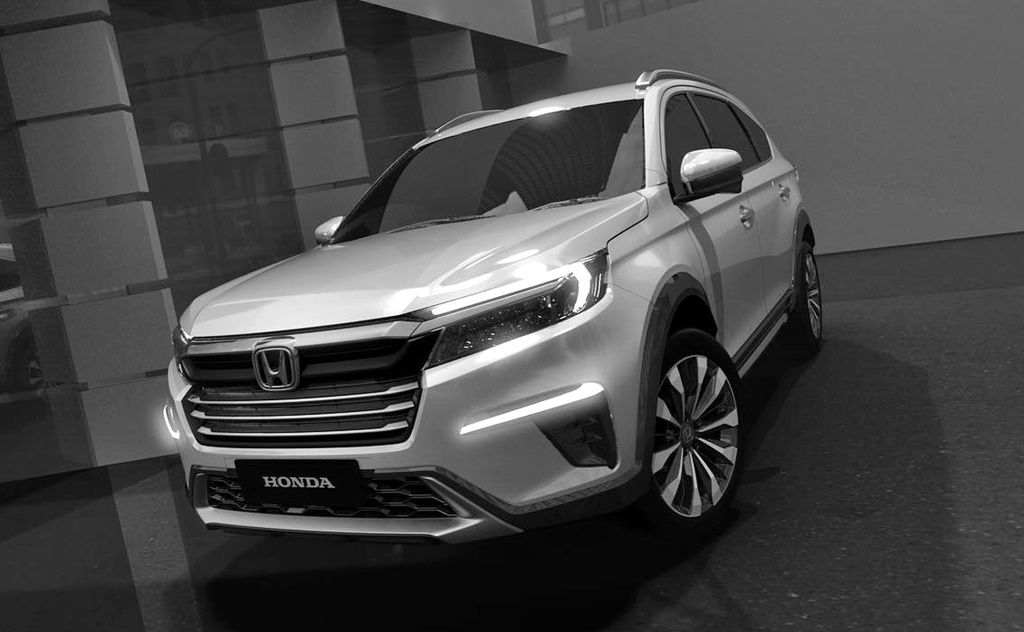
The original concept of the BR-V was to combine the design and toughness of an SUV and within, offer the cabin comfort and functionality of an MPV. This concept is retained for the second generation with increased comfort levels and more functionality. There are three rows of seats for up to 7 persons. The use of leather lining has also been added in the cabin for a more premium feel. Storage areas have been increased too, with more power outlets. The driver is provided all the necessary information on a 4.2-inch Thin-Film Transistor (TFT) display, supplemented by a 7-inch touchscreen for the infotainment system.
Owners of the new BR-V will enjoy more convenience with features such as Remote Engine Start, Walk-Away Auto Lock function, Smart Entry System and auto-folding door mirrors. With the auto-lock function, the doors will lock automatically when the driver has walked at least 2 metres or more from the car.
In safety too, the new BR-V makes a big leap with the inclusion of Honda SENSING. This is a suite of assistance systems to help the driver avoid an accident or act automatically to prevent the accident. These systems, already available in the other models, include adaptive cruise control, lane-keeping, automatic emergency braking and automatic headlight high beam control. Also included now are Hill Start Assist, Vehicle Stability Assist and side airbags (besides the front ones).
Also of note is the addition of Honda LaneWatch, a blindspot monitoring system that makes use of a camera on the left side of the car. The mirror is mounted on the door mirror and captures real-time imagery of the area along the side of the car, displaying it on the screen on the dashboard. It is only active when the left turn signal is on, and the imagery is clear even at night.
The new BR-V continues to use a 1.5-litre DOHC i-VTEC petrol engine (improved, of course) with maximum output of 121 ps/145 Nm. Customers can choose a manual transmission or a new CVT which delivers power to the front wheels.
Over 255,000 units have been sold since the model was launched in Indonesia, of which around 30% were delivered in the Indonesian market. While the City is Honda Malaysia’s strongest seller, the BR-V has also had its own following among families with its 7-person cabin and entry-level pricing. Until July this year, over 35,000 units have been assembled in Malaysia.
Honda Malaysia has mentioned that a new model will be launched before the year ends and this new one could be it. Given the need to pump up interest for people to shop for cars again, Honda Malaysia is unlikely to wait two years to launch the new BR-V, as was the case with the first generation.
To know more about Honda models in Malaysia, visit www.honda.com.my.
World premiere of Honda N7X Concept in Indonesia previews next BR-V 7-seater


